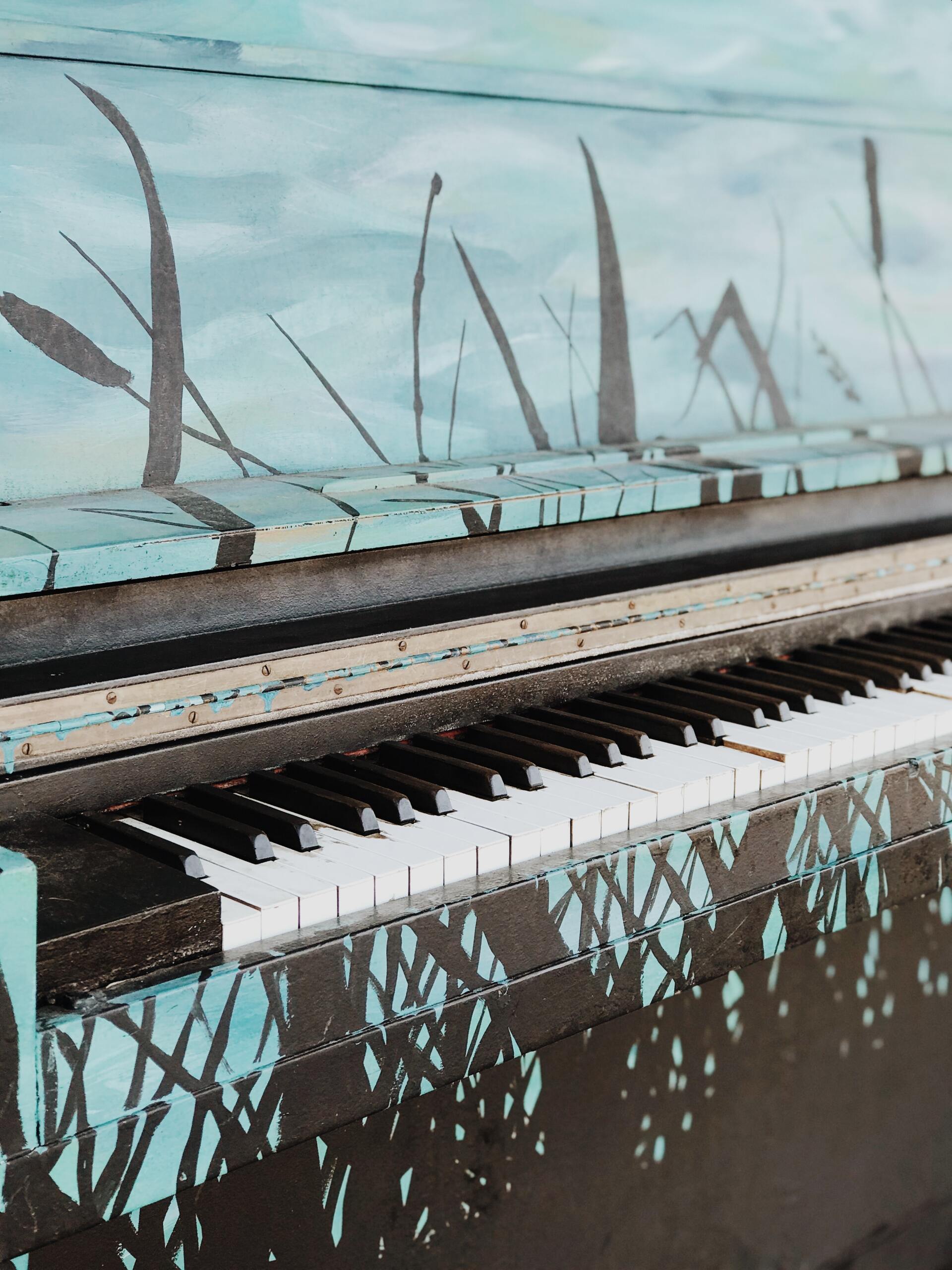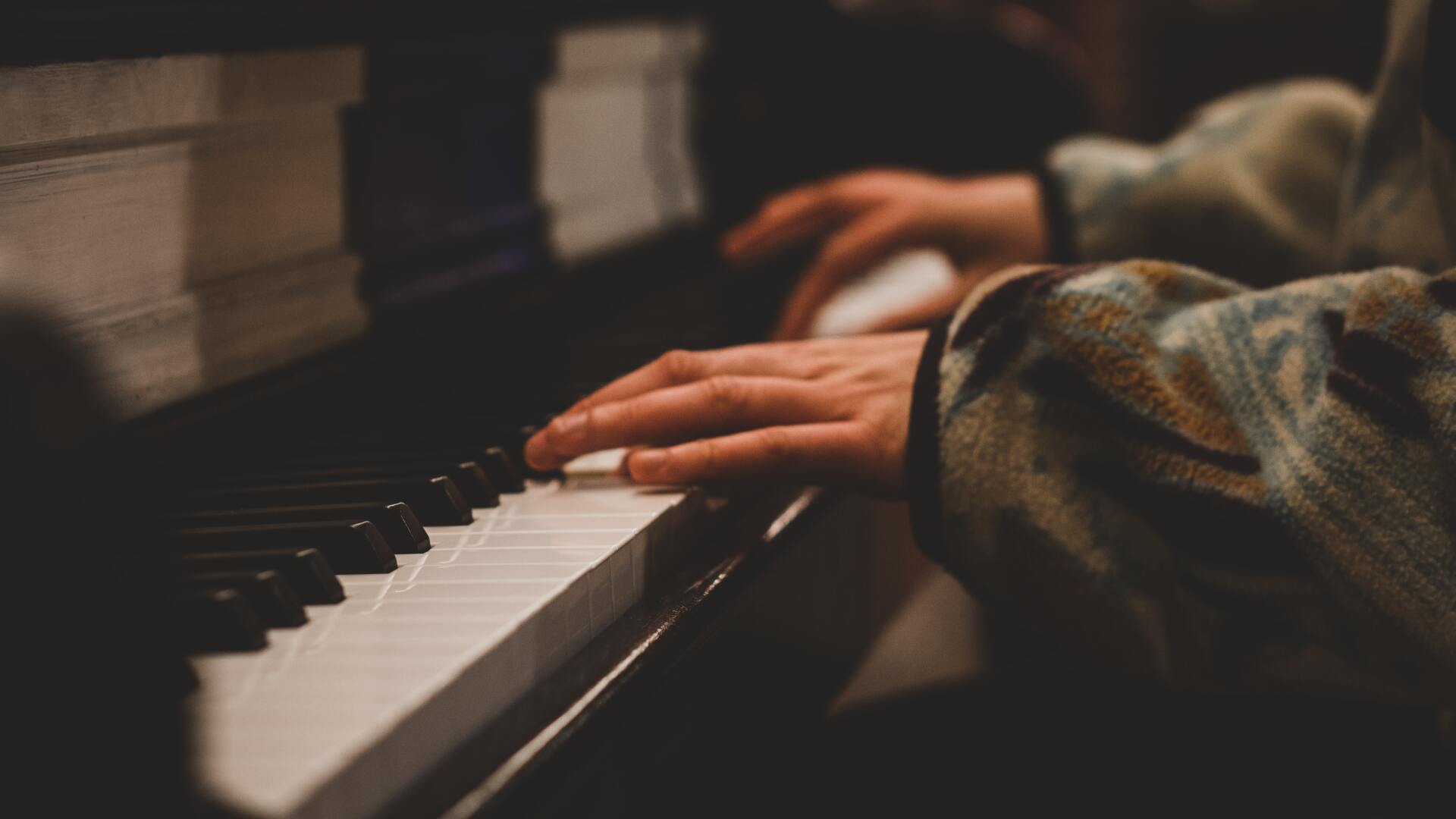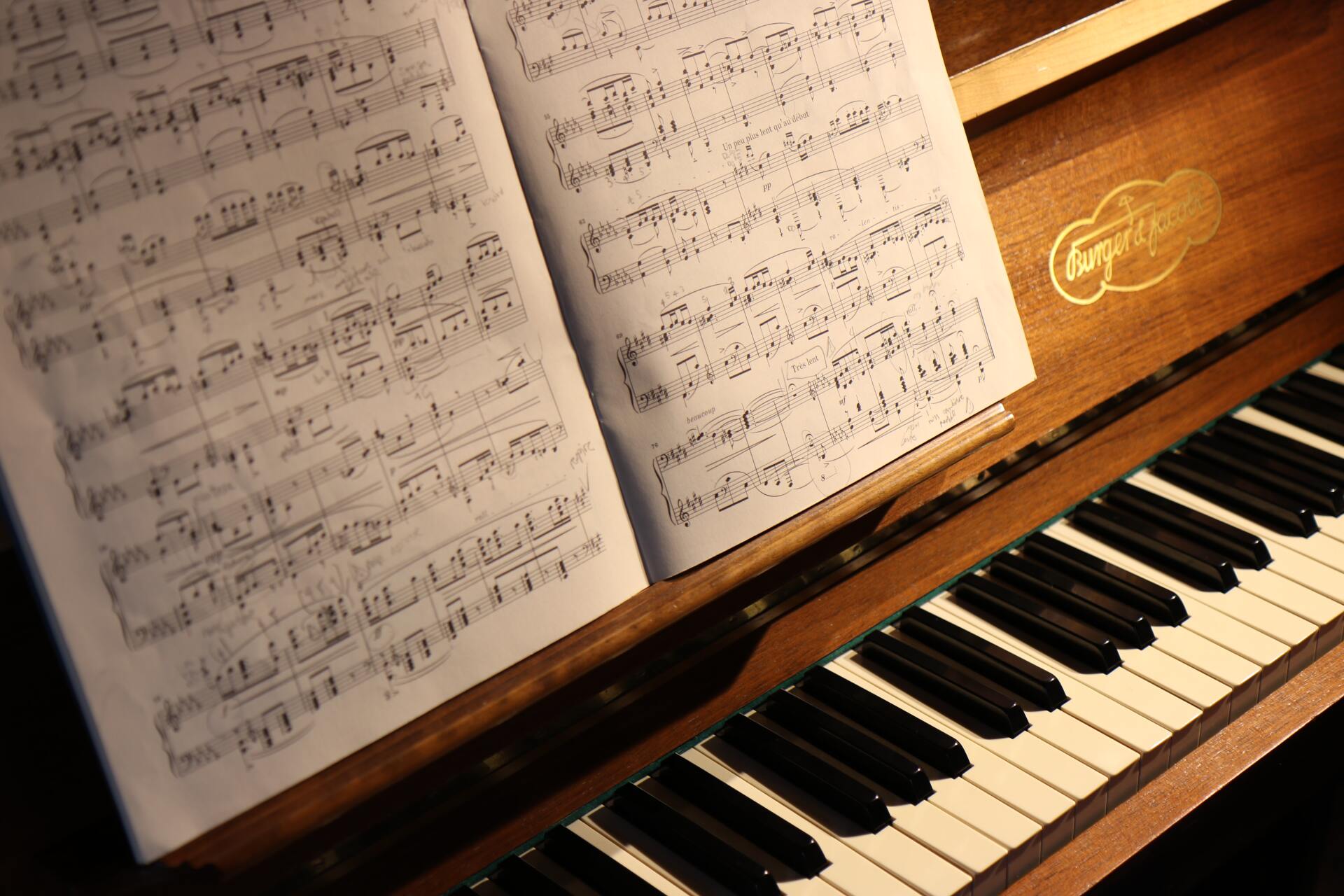Blog Layout
Archery & Music
Stephanie A. Emberley • Sep 11, 2020
I do activities outside of music. Perhaps you could call them hobbies, but I shift from one to the other and don't focus on any one thing. Each one provides perspective to my music. The mastery of one is the mastery of all. I know the process required, and that allows me to make rapid gains. While many practice music, I view my practice as a practice of life. Today was the first time I solidly practiced archery. I've wanted to for a long time and played with homemade sticks in the backyard, but archery reminded me of some things on the musical path.
First, true mastery of anything takes commitment and practice. We all have a natural aptitude for certain things. I have an aptitude for music but also an aptitude for archery it would seem. I love the creative expression the physicality of human movement demonstrates. I only missed the target 6 times all afternoon and was backed off from the target 3 times. Yes, they were impressed. However, I can tell where my movement was inconsistent from shot to shot. The strong winds played games with the arrows. In spite of any aptitude we may have, we will get nowhere without the commitment to consistently practice. Natural aptitude hits a wall without work. The moment something becomes routine and work is the moment most people quit. We think it should be easy or we ought to be picking it up quicker. We dislike plateaus. We fall short of committing 100% and going all in -- but in doing so, we miss out on all the joys. This is true in archery, music performance, teaching, vocation, relationships, etc. We will not find the intimacy and unity and mastery we seek without going all in. Mastery is shown at the end of the honeymoon phase, because mastery takes character and integrity to pull off. Mastery in any discipline is breathtakingly beautiful!
True mastery follows the flow of the breath. I was expecting both of these first two points, but I was NOT expecting the clarity with which they hit home. The instructor discovered that I am one of the rare people with no dominant eye. It may be part of being ambidextrous, I don't know. And I don't know if it's genetic or because I've played piano for so long that I've used both sides of my body equally and instinctively for my whole life. I was given pointers for how to aim and hit more of the center of the target. I diligently did my best to follow them and be a good students. The more I tried, the more sporadic my shots were. I had a moment of calm and clarity. I stopped, let go of the 15 steps to good archery, centered myself, and followed my breath through on the shot. It was dead on. The instructor had seen what I did and was stunned. "Not going to lie, I have a lot of trouble teaching people without a dominant eye and haven't been successful yet. Whatever you just did, don't stop." When you have the steps down, know truth, and have put in the foundation, there comes a moment. We must trust ourselves by letting go of the outcome. Follow the flow of your breath as it leads you through the right things. Breath is not only important for vocalists or wind instruments!
Finally, true mastery comes from a connection to your heart. This is the principle I was not expecting to rediscover. Practicing can easily lead to going through the motions, trying to be a "good" whatever, and following the letter of the law. I got to a point where I was mindlessly popping shots off, and they were ok. My brain stopped me. "Wait a second, what are you doing? You've lost awareness. You're no longer connected." Things changed in that moment. It was a feeling of unity. I was shooting from in front of myself, and the bow and arrow connected to my heart and connected my heart to the target so that there was no action of releasing the arrow. I let go of results and connected myself to the shot. I was the shooter, the bow, the arrow, the target. The same is true with music. We easily go through the motions. Yet one mindful repetition is worth more than thousands of mindless ones. It connects your heart to the music, the composer (who may have been dead centuries), to the movements, and to your audience. True mastery cannot exist unless it proceeds from your heart. We humans don't care about the details unless you're connecting to us with your heart. Why would we practice without it? We are the energy that connects the past, present, and future. We unify. Music unifies. Each thought is a vibration that alters that energy and unity. Practice the heart connection.
My brain makes connections like this all of the time. When I'm stuck in music, I go to a different activity to allow my brain to calmly find the answer. The physical is connected to the spiritual and back to the physical. The answers are all around us. This is part of the Voice, Vision, and Adventure. Everything in life is a sacred moment, a sacred practice. It changes the world.
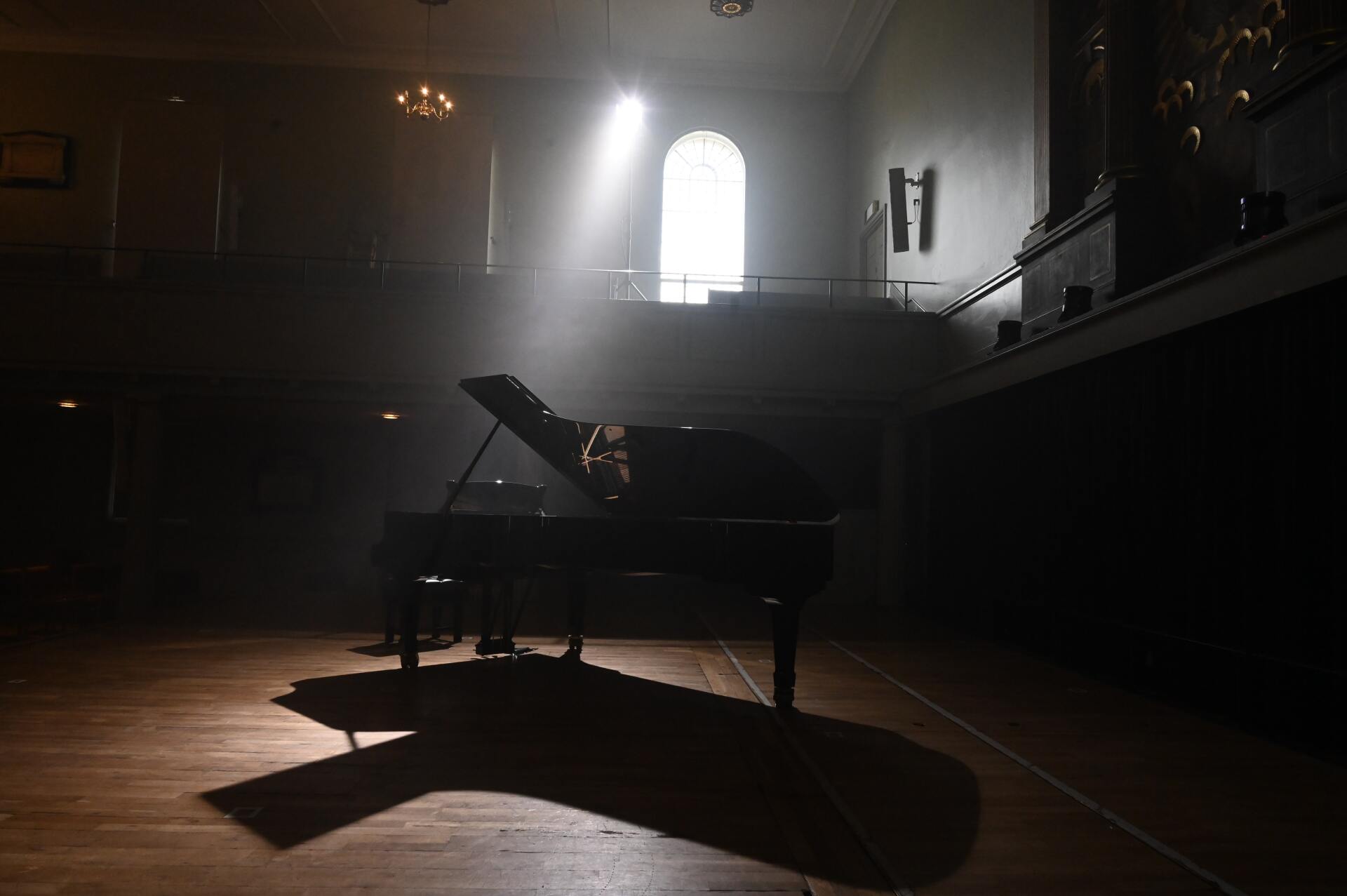
By Stephanie A. Emberley
•
23 Jun, 2021
Question from Coaching: "I'm learning these things, and it is coming. But, what if a piece has something different? How will I know what to do?" That's a very good question. When learning new techniques and skills, it can take time for them to become second nature. Here are 3 considerations. Consideration #1: Natural Realness The principles and techniques address the most natural and common patterns. As you progress to more challenging pieces, those principles still apply but will need to be adapted and recombined to fit the passage. Every exercise (and piece) has the role of consistently stimulating the basic principles until you're able to execute them efficiently and without thought. They mirror natural movements of every day life too. This will help you learn the techniques and principles properly and avoid building bad habits. Consideration #2: Training speed vs. Performance speed plus response time While practicing, always execute the technique so slowly that you retain full awareness and cannot make a mistake. Slow pace of proper training allows you to perfect the technique. Your body will more easily translate that to playing at performance speed, and you can build overlapping short sections. You will be precise, efficient, and quick to alter what's needed on the fly of performing. The more proper technique becomes second nature, the faster your initial learning speed will be as your response time quickens. You will intuitively plug the proper technique into the proper place. Consideration #3: Nearly Every Scenario Addressed Coaching builds a plan that fits your goals. It gradually teaches you to teach yourself. If you come across something new, you can bring it up in coaching, email, or wait until it comes up on its own in a future session. The longer you've been coached, the more you will be able to apply the principles to new things to experiment with what works for you! Through the use of exercises and repertoire, we cover techniques and principles that cover almost everything possible. Focus on learning the Basics instead of the small percentage of specialty things to keep your progress consistent and moving forward. Trust the journey. I've played scales and then had one show up in a piece only to be frustrated that I wasn't exactly what I wanted. The principles I've learned (Advanced Basics) can be found in my coaching. They give you the foundation necessary for creative troubleshooting. They bring your level of mastery to the next level. There is no need to experience the frustration of not knowing what to try next ever again. You will be able to get your music sounding the way you want it to. Contact for a free consultation session!
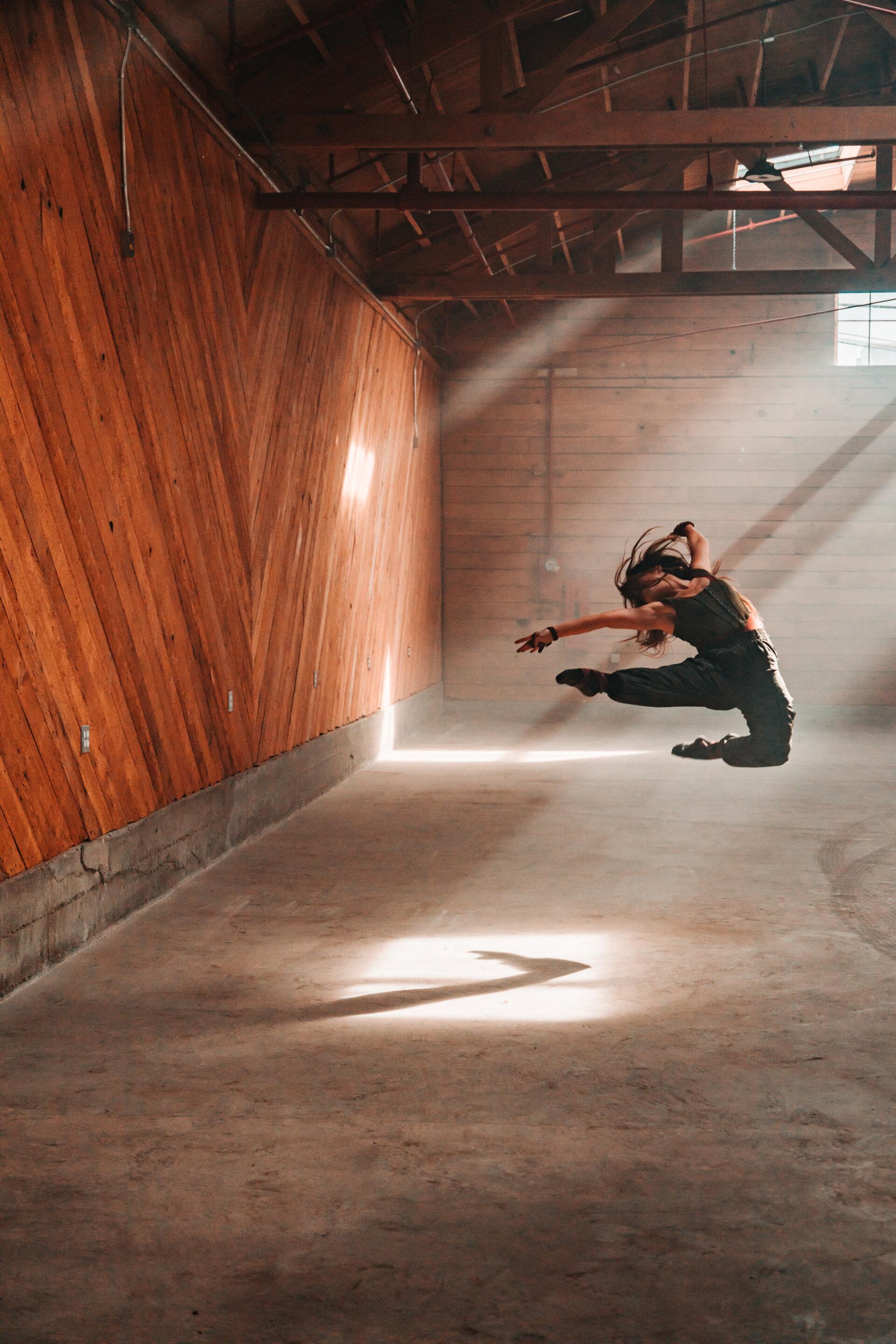
By Stephanie A Emberley
•
19 Jun, 2021
We all know the frustration of trying and trying and trying and trying only to face continued failure. That is a physically and mentally exhausting place to be. We are not sure what steps to take next. Part of ourselves wonders why we should even bother. Here are 4 reasons why something may not be working for you. Reason #1: missing details This is the most common reason a technique proves to be difficult. You did it in the coaching but can't reproduce it later, so check the details. Check the coaching and video over for details you may have missed. The little things like arm and hand position. What exactly was said or done that led to success then? Reason #2: low muscular awareness Sometimes, muscles fire that we don't need, but we can't feel the added tension. Release everything and take a step back. Reset your body with a passage that's easier for you. Pay attention to how that feels. Play the portion you're working on, paying special attention to your internal self-awareness. Reason #3: bad timing Timing is everything! If you feel you are performing the technique correctly and with minimal tension, there is a chance your timing is off. Review the lesson and ask questions about when to initiate a movement or how to integrate a movement into the complete section. It's often not the specific "error" spot that's a problem but how it has been approached in the measures before. The beginning of a movement occurs before we think it does. Reason #4: physical limitations Although the techniques I teach have been proven effective for most people, each person is unique. It is possible that an extreme or limiting physical condition may prevent you from successfully applying a technique. Ask questions in the coaching and be specific about what and where your limits are. Apply the basic principles to modify the technique to accommodate your body. There may also be other techniques that can be used in that situation. Communication is key, and good coaching is a dialogue to fine tune movements to your needs. Frustrating moments come up in every area of life. As we get curious about them, we will find ways to ease that frustration. It all comes back to the foundation of Advanced Basics. Start by troubleshooting with these reasons and build from there to achieve success!

By Stephanie A. Emberley
•
16 Jun, 2021
How do your muscles feel right now? Yeah, this minute. Close your eyes and do a quick scan of your body. Use some gentle joint movement to check in. If you're like me, you'll notice a lot. Which area did you notice most? Here's the dilemma: with so much playing, when do we have time to take care of that? Rehab and physical therapy happen after an injury or surgery. They are something we need to avoid in order to continue working. However, they are not assumed or built into a musician's job. You're paid for time playing, and that's it. The answer for us lies before injury. You can do what I do: Prehabilitation This is something I picked up accidentally. It encompasses a lot of things. I run and worked out in high school. I attended my Dad's road races and noticed some things others did that he did not do. Here are my top 3 prehab things that I try to do daily, plus one bonus tip. 1) yoga: call it stretching or whatever works for you, but flow through movements and put your body into poses that challenge it. This builds strength, coordination, and balance. It's not as easy as it looks, trust me, I still consider myself terrible at it. But that's half of the fun! 2) foam rolling: yoga is not capable of lengthening already shortened muscles. It uses what flexibility we already have. Great if you have it, and hard if you lost it. Foam rolling is more useful than even dynamic stretching because it breaks up the pressure points and build up. It gets the blood flowing to heal any small muscle tears. 3) Self-massage: I can't afford massage very often, so I use my own two hands. Always move towards the heart. Sometimes I do it without moving the muscle I'm working on, and sometimes I do. Each has different benefits. It all gets the lymph moving and heat getting into the spots to speed recovery. Tip = awareness The best way to treat a problem is before it even starts. Left alone, it will build until our bodies demand our attention there. The same principles are true with stress causing illnesses. We have to make the time to listen to our bodies. This aids our longevity, mental health, and enjoyment of our art. I'm thankful I learned these early on. They are at the core of my routine. Do you have go-to prehab exercises? Share below so that we can all keep learning together. I'll share more prehab tips in future posts, but contact now for a free consultation to get tips tailored to your situation! See you in the next post!
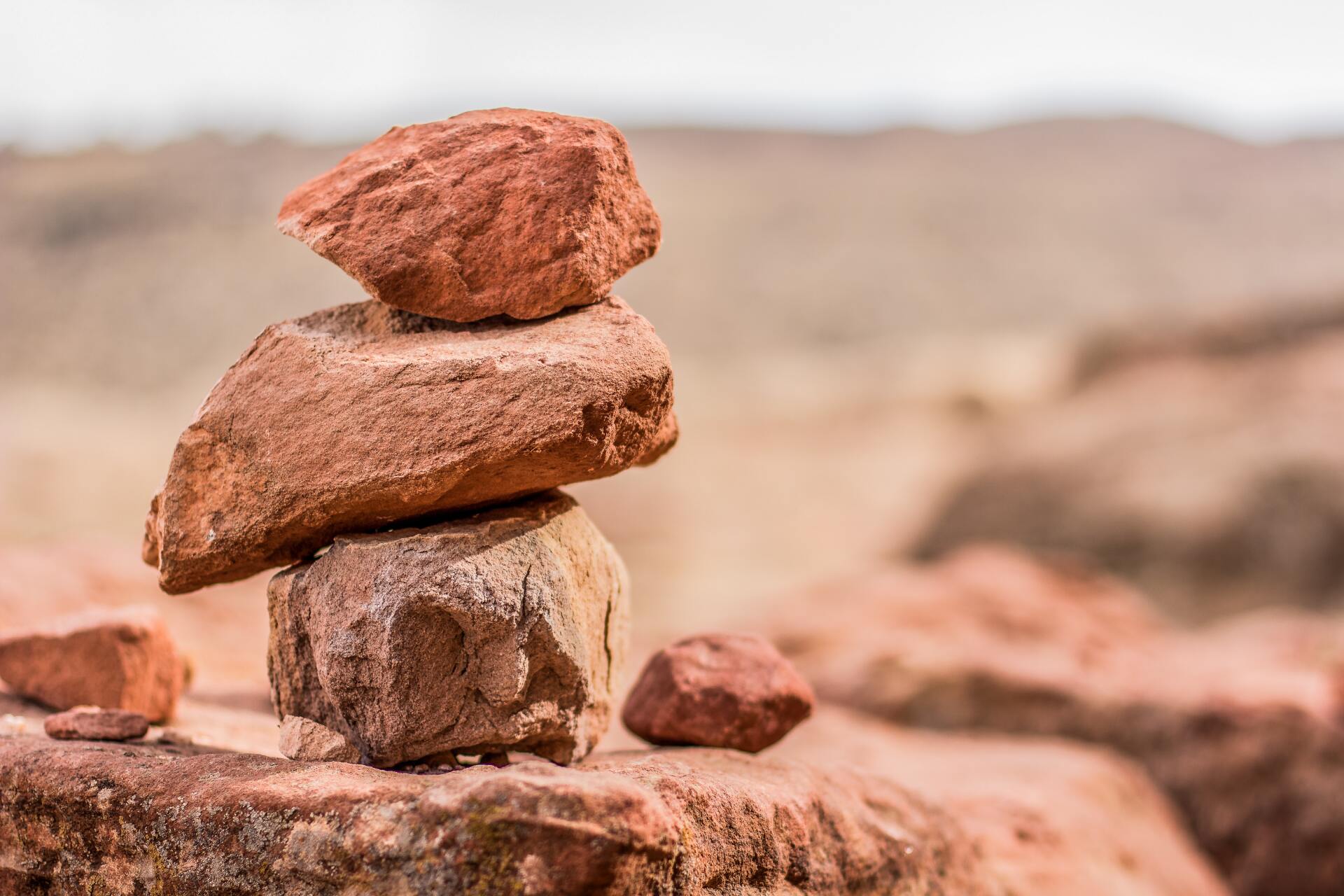
By Stephanie A. Emberley
•
05 Jun, 2021
There is no one in the world who doesn't get rejected. Everyone will come across people, situations, and job cultures that just don't fit. You'll want something more than it wants you. Lessons and coaching is even a form of rejection, because you walk in to hear how to improve week after week. I've had doors slammed in my face, stacks of rejection letters, and been told countless times that I wasn't talented enough - and by well-meaning, helpful people. We have to decide what our relationship to rejection is. We all must ask, "What is scarier to me - rejection or regret?" Or better yet ... What is in harmony with my essence? Be Present Feel where you are and accept it. Let any actions flow from being peace, instead of fear of a negative. That negative is not your identity. Then maybe you do nothing. May you do. Maybe you choose a new third option. Be so immersed in this moment that anything not you fades away. Create Space Space transforms us when we are awake. Negativity manipulating to get its desired results transforms into love and grace. We are able to love. We no longer grasp others but allow them to be themselves. Act in Integrity Integrity is being one with yourself. Being one with all things. Being real. Drop whatever does not have the energy that matches yours. There is a bond between yourself and all things. Nothing is lost, yet everything changes. Our goal is to keep ourselves awake. Surrender Notice any feeling of resistance. Accept that you feel this, and that it is not who you are. You cannot change the past or future. The feelings of rejection and regret cannot keep you from your true self. Those feelings are what you fear and are trying to avoid. Yet you are free, light, and peace. Let go into all that is in this moment. If a situation is not good, recognize that and then do one thing at a time from a place of harmony and satisfaction. No matter what happens, nothing can shake you when you exist like this. Who you are ripples outward to change others, not what you say or do. We do not find out identity outside of ourselves and so the feelings of rejection and regret are an illusion. Life is simpler than that. There is always a way through. If we act from a place of harmony with our essence, then the negative aspects of rejection and regret vanish. We have flipped our very relationship with them on its head. We no longer walk into performances and lessons afraid but in the full, radiant light of who we are.
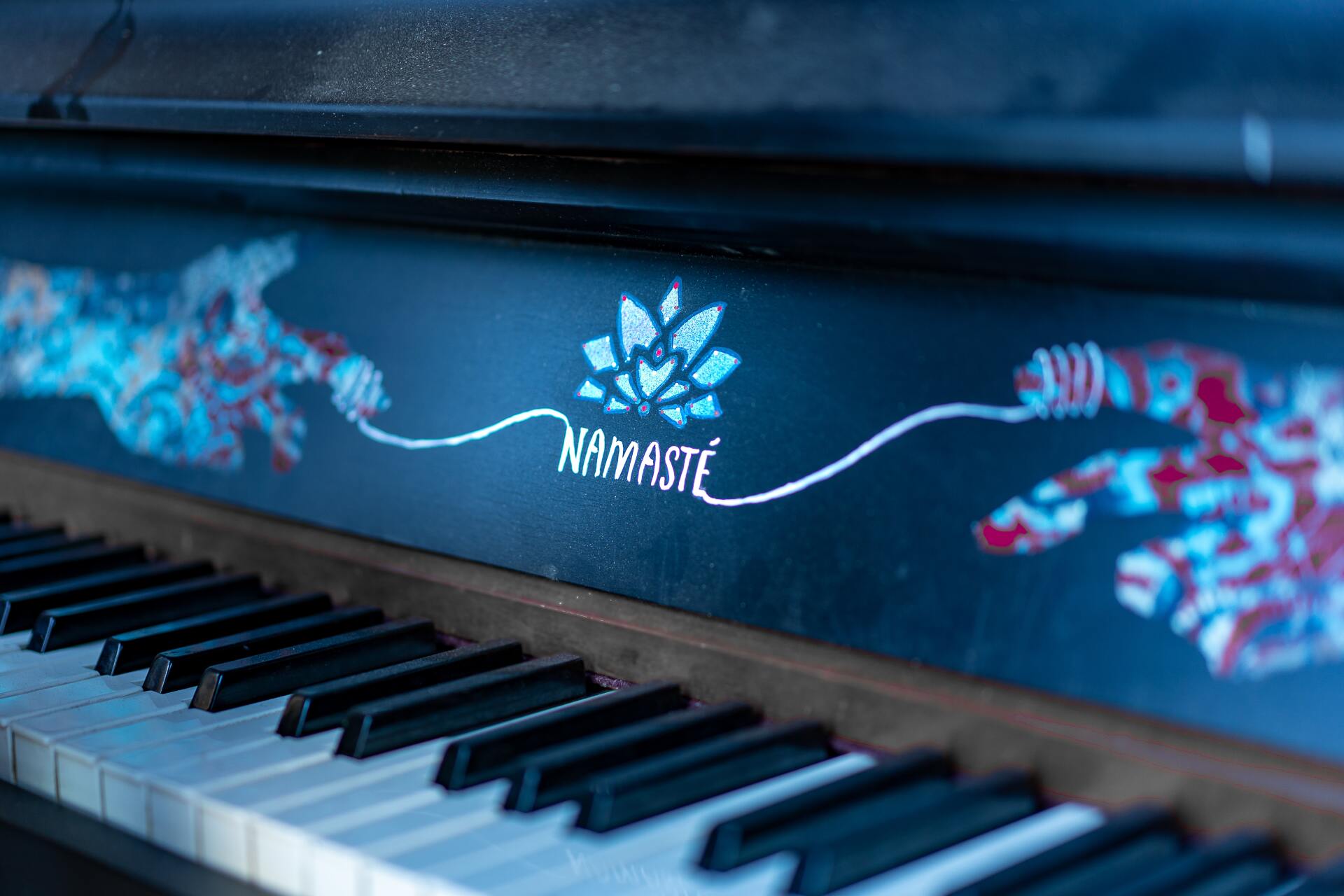
By Stephanie A. Emberley
•
05 Jun, 2021
Fear drives attention. When you're afraid, it's nearly impossible to think about anything else. Fear motivates us to run - towards or away from that thing. There is a proven way to overcome performance anxiety. We tame it. What are the benefits of harnessing fear? clarity of focus energy efficiency flow state ease Simply put, you're more efficient and productive. Current coaching surrounding performance anxiety focuses on repressing it. The goal being to eliminate it all together. Yet bananas, medication, or simply performing more often doesn't cut it. Think of the #1 fear; it's public speaking. That hasn't changed for decades! And yet top performers in any field don't work on repressing performance anxiety. They actually embrace that fear. They work with it. They use it to their advantage. And so can you! A musician backstage, a skier at the top of a mountain, a diver on the platform's edge have all transformed their relationship with fear. And then they walk into it. You can too. It only takes practice. First, notice what fear feels like in your body. Don't use your mind; feel. Where do you sense it? Is it hot or cold? Follow and define any discomfort you feel. Second, focus on sensation, not judgment. Our egos want to correct, do and assess. Analysis is not awareness. Sit with the sensations and see what they tell you. Fear is not an enemy but a tool. Our egos and imaginations simply run wild with it. Putting attention into the fear in our body releases it. Out bodies let go, and that's the opposite of what the ego wants. Lastly, view fear as a positive. Do something because of the fear. Fear is excitement. Fear means that I'm ready. This fear, I see it, and it's my buddy. Fear is not a problem to be solved so that it will go away. It's a beautiful resource. These 3 steps require the practice of risk-taking. Practice this regularly. What makes you uncomfortable? Do that. Talk to that stranger. Start a new hobby. All of it builds your relationship with fear. You learn the sensations and what they mean so that fear becomes less scary. Science shows there are only 2 methods for practicing this. Build slowly from smaller risk to bigger risk, or go all-in all at once. Either way, the route to success is the same. We must identify fear in our body and thoughts. Then we remember the last time we encountered fear and overcame it. For me, diving and snowboarding and crazy downhill running and talking to strangers all help my musical performances. Music is life. So, take a risk as part of your practicing for today. Let that release dopamine to get you happy, productive, and in the zone. Become comfortable with discomfort so that your view of fear (performance anxiety) transforms.

By Stephanie A. Emberley
•
02 Jun, 2021
We've all had those moments. We've been practicing or doing something. As we finish, we suddenly realize, "Wow, that's sore!" It leaves us wondering how we didn't catch it sooner. There is one thing guaranteed to instantly help this problem. It helps you connect to sensations, thoughts, and feelings. Done often enough, it may create a sense of lightness and joy. Sound too good to be true? Well, it isn't. The key is heightened awareness . Awareness is being fully present and focused in the Now. Life nowadays is fast and crazy. Our minds race around to keep up. Awareness is slowing down, especially during the spaces in between. Slowing down doesn't have to be long periods of time. Try things like: a long exhale: this quiets my brain enough that I can check-in. I notice how I'm feeling. I notice beauty, and I increase my energy levels. brief full body scan: during something as brief as a rest within a piece of music, I scan alignment (posture) and how my muscles feel. feel your foot connected to the earth: this can be done in any moment. It helps me to let go and reset any less efficient places I find. It allows me to let go. focus on one thing: maybe it's a sense or your finger tips or your chi. everyone has a spot that works best for them. shifting focus keeps you from becoming tunnel vision, shut off from others and the outside world. Nothing should add stress and complication to your life beyond what is necessary. The more we focus our energies on what's most important, the greater the quality of our music will be. We will enjoy the process more. The last thing we want is to have unknowingly allowed something that's easily stopped. Do you have a go-to awareness technique? Let me know about it. Enjoy life!
STAY CONNECTED
Contact Us
Thank you for subscribing!
Oops, there was an error sending your message.
Please try again later
Please try again later

